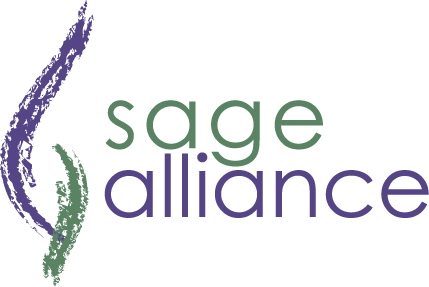
A lot has been written about active listening as an important leadership attribute and key tenet of successful coaching. Think back to a time your employee asked you something and you began nodding your head, maybe even putting your hand up to stop them from speaking.
As you gazed at them with a satisfied smile, you instinctively replied to their request, without waiting for them to finish. You knew how to help them, maybe even had experienced the same challenge, and wanted to offer your counsel. But that is not active listening.
What is your intent when you listen?
Author Stephen R. Covey said, “Most people do not listen with the intent to understand; they listen with the intent to reply.” I take this idiom one step further. Most leaders do not listen with the intent to understand; they listen with the intent to find a solution.
When someone approaches you with a challenge, you immediately go into solution mode and figure out how you can help them solve that challenge. Unfortunately, you have stopped listening to some important cues that will help you be a better leader coach.
In the SAGE Coaching Approach, listening actively is a key behavior to provide fundamental information. Listening will inform you of where the employee is struggling and allow you a better understanding of the challenges they are facing. By listening actively, you take in more information to help you guide the employee to problem resolution. The emphasis is on helping the employee solve the problem instead of you automatically providing them with the answer and solutioning for them.
Be fully engaged
The best way to leverage active listening is to be fully engaged and listen to the employee. Acknowledging sends a message that you are listening. It shows you recognize what the employee is saying is important and indicates an appreciation for where they may falter. This can be demonstrated with a simple statement, such as, “I recognize this isn’t an easy task.” The employee will be more open to your coaching when you demonstrate you understand their challenge through acknowledgment.
Summarizing and rephrasing
Summarizing what you heard ensures understanding, yours and theirs. This is especially true if the employee is having trouble gathering their thoughts and communicating them in a concise manner. There are times when you need to rephrase what was said. Rephrasing can help when you need clarity on what the employee is trying to communicate.
A simple way to do this is to say, “What I hear you saying is . . .” Then restate what you believe the employee has communicated. The employee will either agree with your understanding or provide additional commentary. Rephrasing what they said can shed new light to help you determine the next steps for coaching. A great indicator that you, in fact, understand what the employee has said is when they say something like, “Yes, that’s exactly what I’m saying.” With that, trust is built, the employee develops an appreciation for your approach, and the coaching progresses further.
SAGE Alliance, a Leadership Performance Company; provides executive coaching, team-building, industry leading assessments, workshops and speaking on topics including: building a high-performing team through coaching, developing and optimizing your top talent, delivering commanding communications, creating a lasting impression, making a greater impact through personal branding for executives and high-potentials – for both team and individual leaders.
Shelley Hammell, is the president, CEO and author of You Think You’re Coaching, But You’re Not! available HERE, and is available for book signings and speaking engagements.
